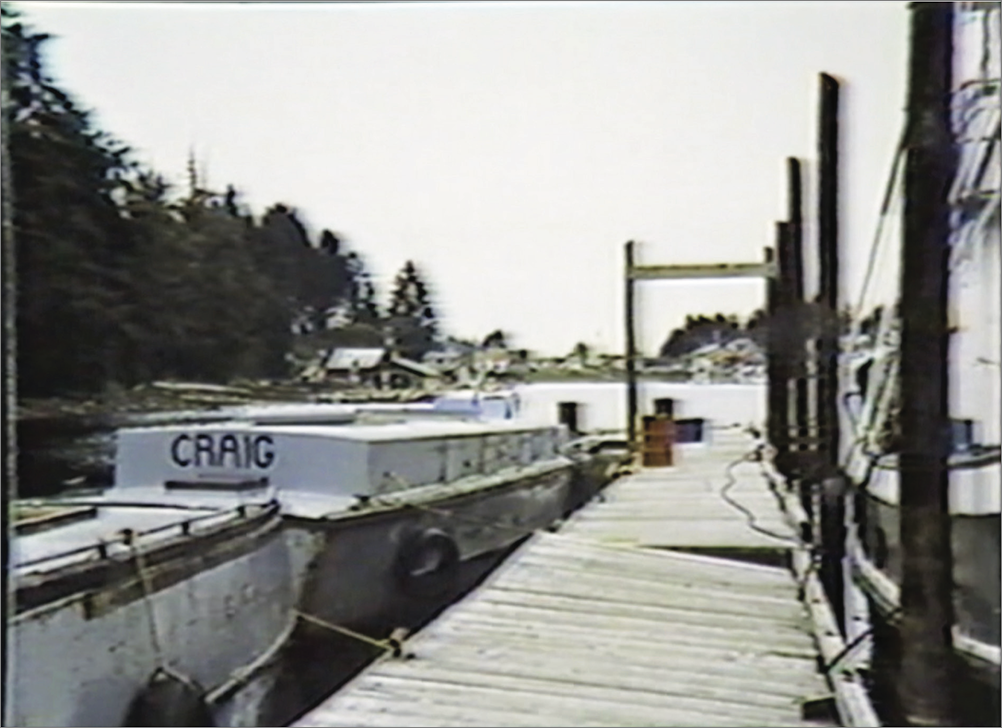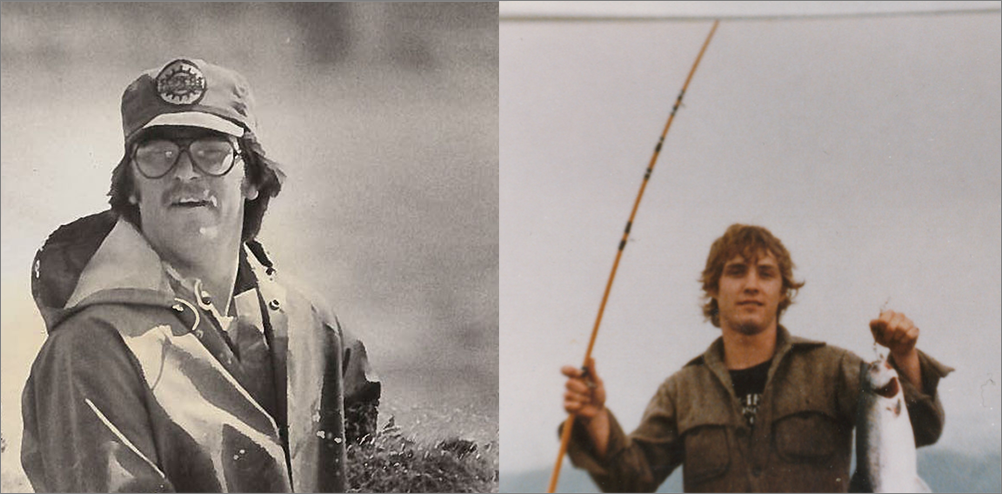Phil Weidner was definitive when it came to judging the state of the prosecution’s case at this psychic and procedural midpoint. That assurance had clearly defined the shift in strategy. The state’s case, Weidner declared, was “devoid of any real evidence,” and was supportive of Peel’s innocence when viewed in the proper light.

(courtesy Alaska State Archives)
According to Weidner, prosecutors had also failed to show any sign of hostility between John Peel and Mark Coulthurst, the presumed focus of the killer. Continuing a favorite theme, Weidner again accused the prosecution of “twisting the truth” of witness testimony in the grand jury proceedings that had twice led to Peel’s indictment.
Trading Barbs
Since neither side had missed an opportunity to posture or trade barbs, this time was no exception. Mary Anne Henry immediately hit back on Weidner’s public comments. To his charge that the state’s case was devoid of evidence she replied, “I don’t know where he has been for the past five months. I rested because I felt that there was sufficient evidence to find Peel guilty.”
Henry was even more pointed in addressing the alleged lack of ill feeling between Peel and Coulthurst. “There is evidence of an underlying animosity that blew up on the night of the murders,” she said. [1] “The fact that John Peel wasn’t exhibiting hostility to Mark Coulthurst every waking minute doesn’t mean there wasn’t underlying hostility.”

Too Much Time
But both sides agreed on one thing. Four years had passed since the murders. Ferreting out alibis and incriminating statements from witnesses had gotten dicey at best. “Most witnesses’ memories have dimmed somewhat,” Henry conceded, “which makes it difficult to present the case in a cogent manner. I’d say that’s been the major problem.”
Weidner put it only slightly differently, saying that, “We’ve been handicapped by the tremendous amount of time between the crime and when he was arrested.” But true to form, Peel’s chief counsel put a telling spin on his complaint. According to Weidner, the police and prosecution had used that time to manipulate witness memories. [2]
Manipulated or not, there had been a parade of witnesses whose memories were sometimes amorphous, sometimes elusive, often bred from fear and anxiety. And whatever came from that brew seemed to favor the defense.
[1] Author Brittany Retherford relates the story of a wrestling match between Coulthurst and Peel, during the time Peel crewed on the Kit. The two men, both drunk, started wrestling in the wheelhouse, “and,” according to Roy Tussing, “there wasn’t room for four in there, especially when two of them were horsing around.” Peel and Coulthurst took their wrestling match to the galley. Worried they were getting carried away and might get hurt, Larry Flammang intervened: “[He] told them to knock it off and put Mark in his bunk and John went downstairs to his bunk.” Then there was the infamous barbecue, when a drunk Peel was tied up in the galley. There was also the time, during the fatal 1982 season, when Coulthurst lied to John Peel in refusing him a ride to Craig. And, of course, the fact that Mark Coulthust had decided not to let Peel crew the Investor.
[2] As Laurie Magid notes in her article about police interview techniques, “Virtually all interrogations – or at least virtually all successful interrogations – involve some deception… Perhaps most often, interrogators lie to create a rapport with a suspect.” Although Magid’s article focuses on suspects, her observations apply equally to witnesses.
Magid, Laurie, Deceptive Police Interrogation Practices: How Far is too Far?, Michigan Law Review, Vol. 99, Issue 5 (2001).
Excerpts from the unpublished original manuscript, “Sailor Take Warning,” by Leland E. Hale. That manuscript, started in 1992 and based on court records from the Alaska State Archive, served as the basis for “What Happened in Craig.”
Copyright Leland E. Hale (2020). All rights reserved.

Order “What Happened In Craig,” HERE and HERE. True crime from Epicenter Press.